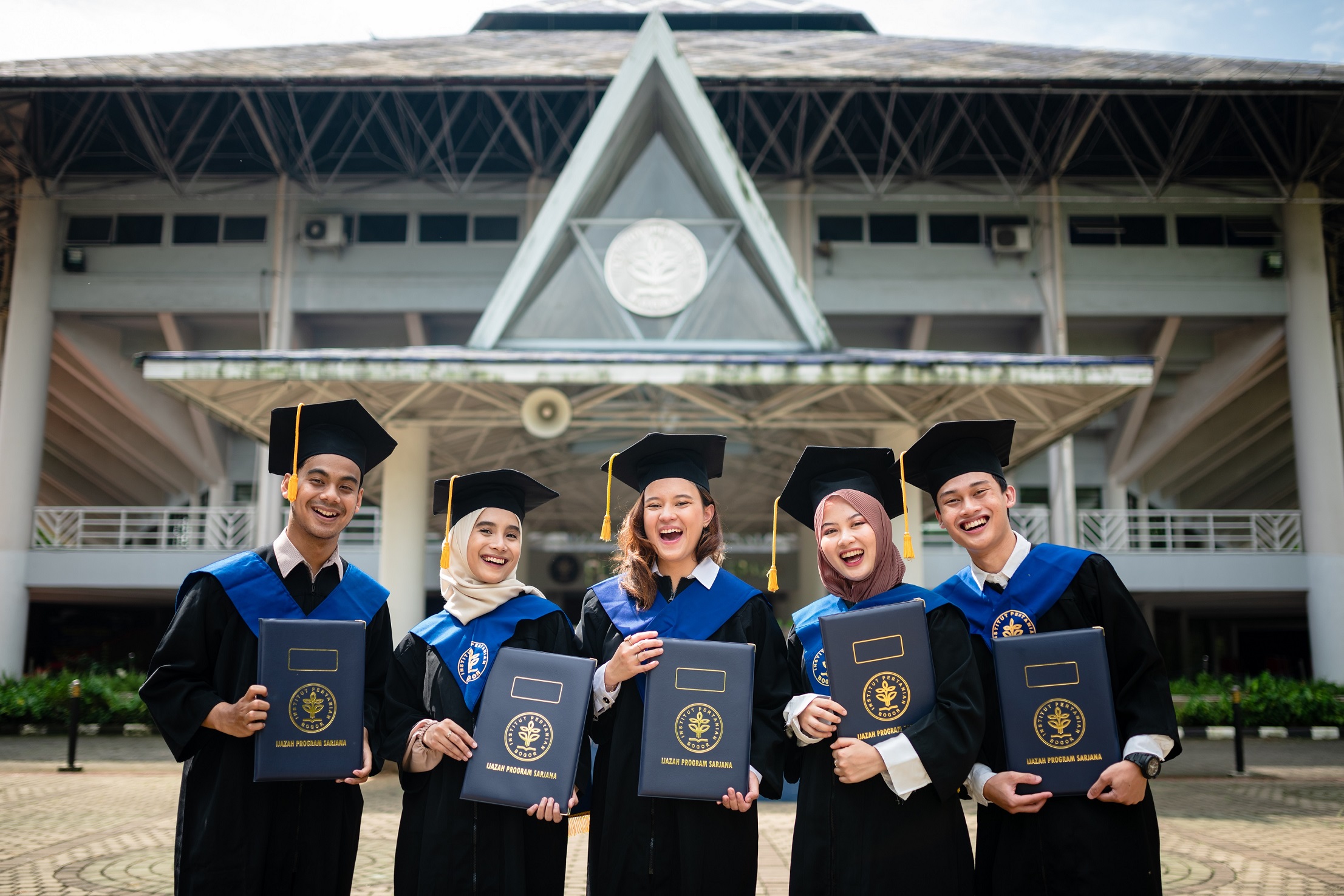Prof Despal Proposes Precision Technology for Future Development of Tropical Dairy Cattle

Prof Despal, a Professor at IPB University’s Faculty of Animal Sciences, suggests the implementation of precision technology as a solution for the development of dairy cattle in tropical regions, including Indonesia. In the current digital era, she believes that precision technology is the key to the future development of tropical dairy cattle.
“Precision technology can improve nutrient efficiency, address heat stress, manage forage accurately, and provide energy balance,” she explained during the IPB University Professorial Inaugural Lecture Press Conference (23/11) held online.
Furthermore, she emphasized that precision technology greatly aids in the precise supplementation of livestock, enhances reproductive performance, and reduces the prevalence of diseases.
“Currently, there are many examples of precision technology in the field of dairy cattle, ranging from highly advanced systems such as automated robotic milking systems to simpler ones. An example of a simple precision technology is a vacuum cleaner for floor cleaning that can be used in the barn. Another example is heat detection technology using infrared cameras, similar to the body temperature detectors commonly used in public places,” she elaborated.
Regarding simple precision technology, Prof Despal cited examples such as a floor vacuum cleaner for barn cleaning and heat detection technology using infrared cameras, which operate similarly to body temperature detectors used in public places.
“Precision technology such as remote sensing and imaging, precision irrigation systems, near-infrared spectroscopy (NIRS), handheld forage testers, harvesting equipment, and data analytics and management systems can facilitate the management of production, usage, and detection of forage quality,” she explained.
Prof Despal, a lecturer at IPB University’s Department of Nutrition and Feed Technology, added that precision technology also helps maintain the energy balance of livestock with precision ration formulations. For monitoring body condition score (BCS), 3D body scanning imaging technology equipped with computer vision technology can be used.
Moreover, Prof Despal mentioned that accurate feeding based on the individual needs of each cattle can be achieved through precision technology. Precision technology aids in the accurate supplementation of nutrients by monitoring nutrient usage, making it easier to determine nutrient deficiencies and target individual animals accurately.
“Precise feeding systems, real-time monitoring sensors such as rumen boluses, wearable activity trackers and rumination monitors, as well as nutrition management software, help provide sufficient nutrients for the reproduction process,” she disclosed.
Prof Despal stated that precision technology has already been implemented in several farms, including the Koperasi Peternak Sapi Bandung Utara (KPSBU) in Lembang, Bandung, West Java. Some cooperatives also have milk testers to assess milk quality. (Rz) (IAAS/Hap)



